Insights
News about faculty and their research
On this page:

Investors lose out when investing in ‘blank-check’ SPACs
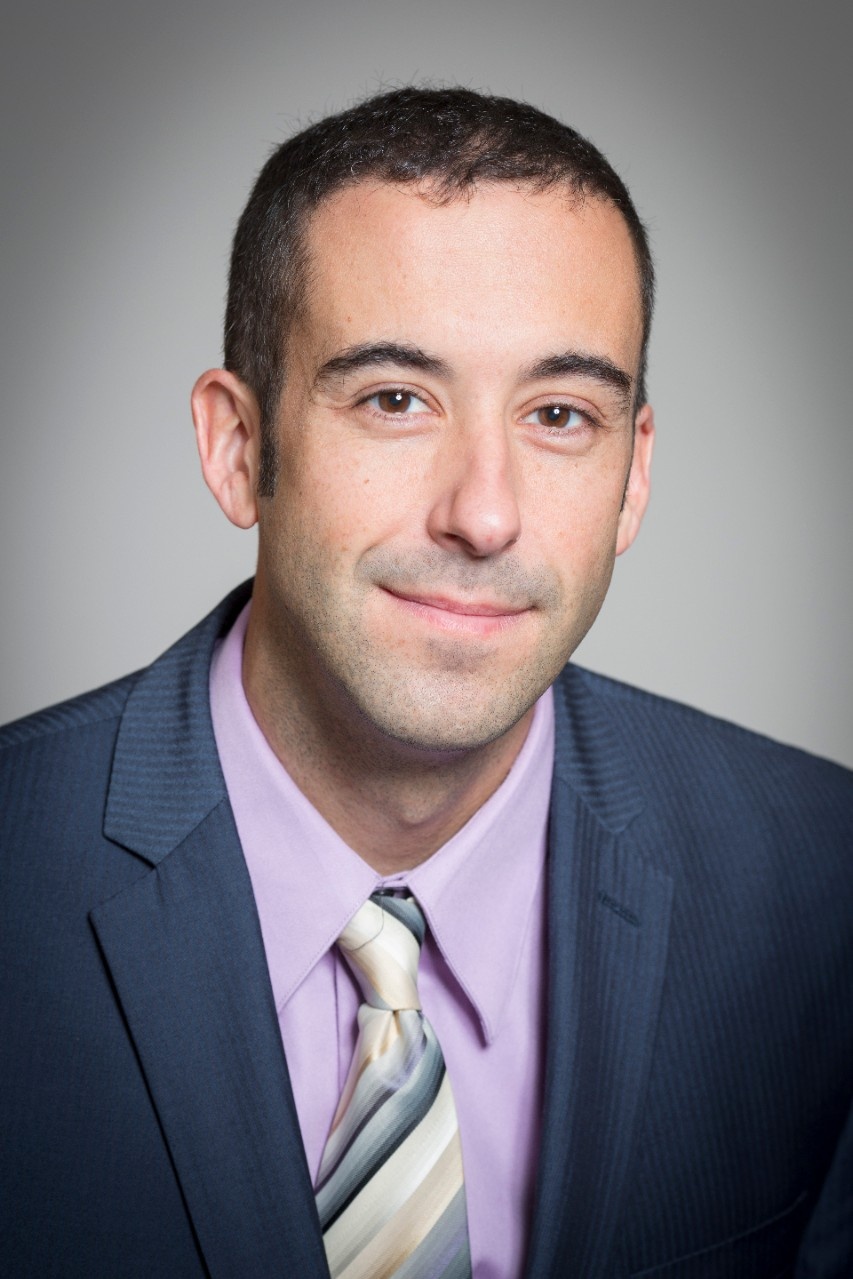
Dambra
Study sheds light on hot Wall Street trend
The more revenue growth a company projects when it announces it will be acquired by a special purchase acquisition company (SPAC), the more investors buy the SPAC’s stock—and the less likely those projections are to come true, according to new School of Management research.
The project is one of the first large-scale studies on the revenue forecasts that SPAC target firms disclose in their investor presentations.
“Due to litigation concerns, companies that go public via a traditional initial public offering cannot provide forward-looking information to investors—but SPAC acquisitions fall under different regulations that allow them to make financial projections,” says Michael Dambra, associate professor of accounting and law.
“Practitioners, regulators and the media have all expressed concern about the economic consequences of forward-looking statements from highly speculative, newly public firms,” Dambra continues. “But previously, there was little evidence on the frequency of such disclosures or whether capital markets find those statements informative. Our study fills that gap.”
SPACs are blank-check “shell companies” that raise capital to acquire a private company, a transaction known as a de-SPAC. In the past two years, the number of SPAC IPOs has more than doubled traditional IPOs.
The researchers analyzed hand-collected data on financial projections for 142 de-SPAC transactions from 2010 to 2020. They found more than 90% of SPAC targets provide at least one financial forecast, with revenue being most common.
The study showed that when SPAC target firms make extreme revenue projections, capital markets respond favorably and the firm attracts retail investors. But once the firm enters the public market, they significantly underperform compared to their projections—and peers.
The researchers say investors should be cautious of any forecasts included in SPAC merger announcements.
“Firms going public via a SPAC acquisition exploit safe harbor provisions and provide misleading projections to elicit investments, especially from retail investors,” says Dambra. “These companies are more likely to destroy long-term shareholder value, echoing concern from regulators and scholars that these lax regulations give firms a license to lie.”
Kudos
Congratulations to the following School of Management faculty on their recent accomplishments:

Kee Chung, the Louis M. Jacobs Professor of Financial Planning and Control, was named to The World’s Top 2% Scientists list by Stanford University and to the Highly Cited Researchers list by Clarivate Analytics.
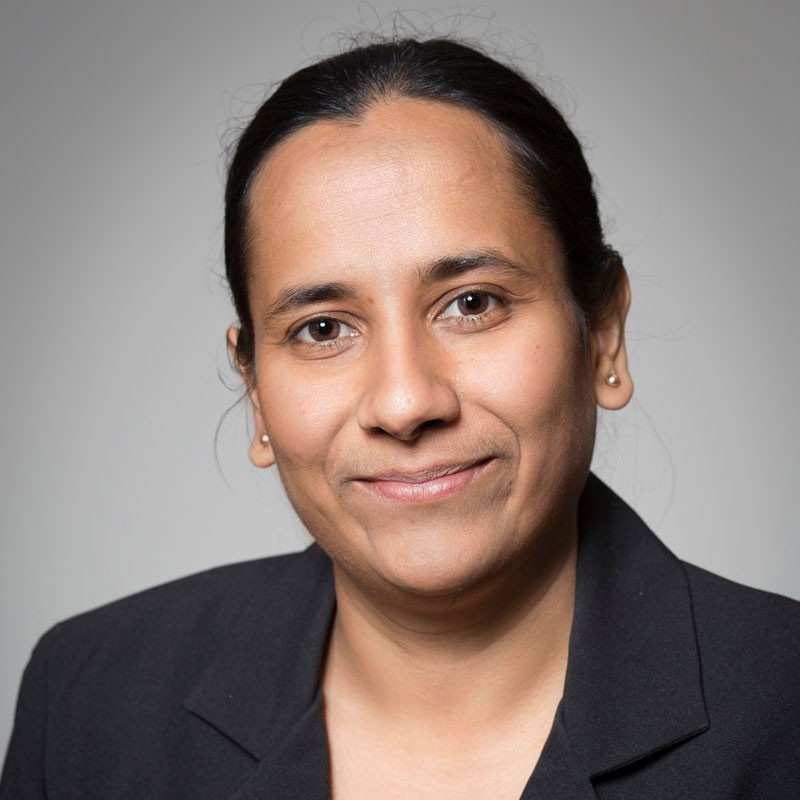
Haimonti Dutta, assistant professor of management science and systems, has received a fellowship from the American Institute of Indian Studies, funded by a grant from the National Endowment for the Humanities.

David Murray, clinical professor of management science and systems, was honored with the Arjang A. Assad Excellence in Teaching Award and was selected as a SUNY Online Teaching Ambassador for 2022.
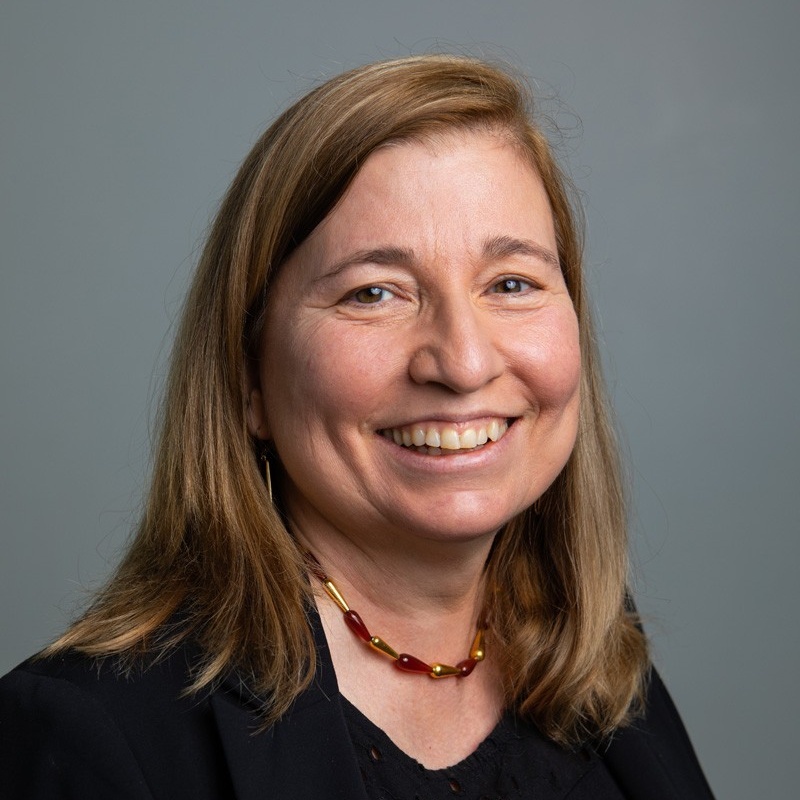
Natalie Simpson, associate professor and chair of operations management and strategy, received the Decision Sciences Institute’s 2021 Instructional Innovation Award.
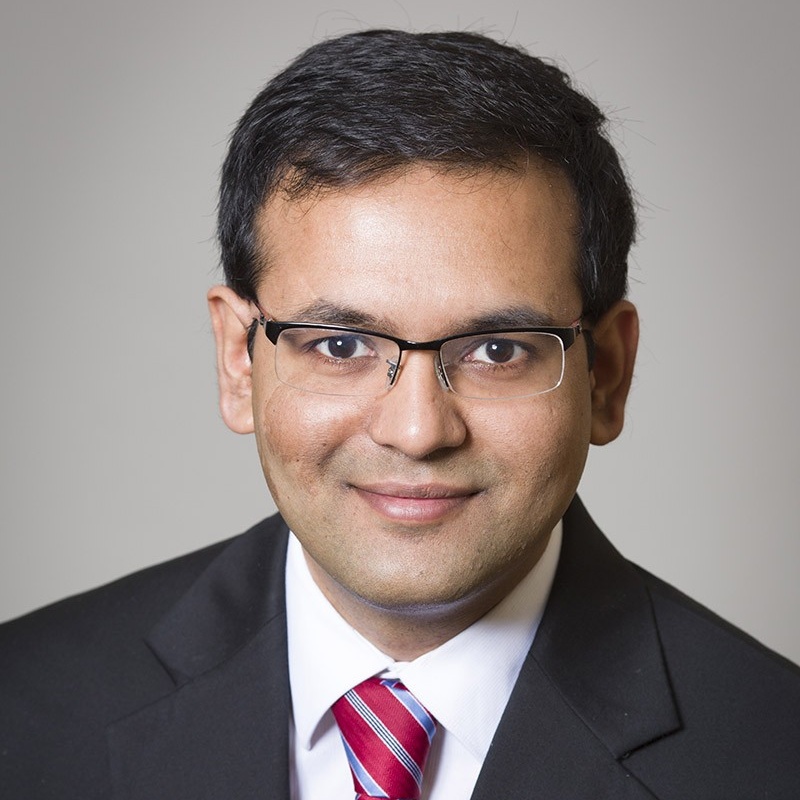
Aditya Vedantam, assistant professor of operations management and strategy, was part of a UB collaboration that received $4.5 million from the New York State Department of Environmental Conservation to create a plastics recycling research center.

Why singling out an ‘employee of the month’ may backfire

Tussing
When employees who strive to be team players feel envious of their co-workers, they are more likely to miss work or even leave the organization, according to new research led by Danielle Tussing, assistant professor of organization and human resources, in the Journal of Organizational Behavior.
“Envy is inevitable in many social situations, including the workplace—but research typically focuses on how it triggers some people to take action, for example, by sabotaging another employee,” says Tussing. “Our study looks at the opposite effect—instances when envy causes people to disengage and avoid the situation that’s causing them pain.”
Tussing and her co-authors surveyed more than 670 employees from 23 supermarket locations in Indonesia. Using their confidential responses, the researchers measured their feelings of envy, as well as their motivations across three dimensions: communion (or harmony with co-workers), achievement and status. Three months later, they analyzed HR data to count employee absences and assess turnover.
For workers who are highly motivated by teamwork and camaraderie, the study found they were absent more often—and more likely to quit—when they reported feelings of envy.
Conversely, when achievement-oriented employees felt jealous, they were less likely to miss work or leave the company, perhaps because their envy pushed them to work harder on self-improvement.
Tussing says her research presents an important lesson for organizations with team-based cultures.
“Managers should avoid situations that easily trigger social comparisons, like designating an ‘employee of the month,’ giving certain employees better assignments or showing favoritism,” Tussing says. “Instead, look for opportunities to reward the entire team and emphasize collective goals, so employees see their co-workers’ success as their own.”

Bringing telemedicine to sleep apnea patients

Sharman
“With an aging population and the escalating cost of care, telemedicine alternatives have become increasingly imperative. Platforms like the one we developed can help ensure access to high-quality care for the 22 million Americans affected by obstructive sleep apnea.”
— Raj Sharman, professor of management science and systems, on a telemedicine platform he co-developed to serve patients with sleep apnea, a condition that has historically been underdiagnosed and undertreated.
The study appeared in JMIR Formative Research. Sharman collaborated with Pavankumar Mulgund, MS ’14, PhD ’20, former clinical assistant professor of management science and systems, along with Sam Marrazzo, EMBA ’14, chief innovation officer at Buffalo Niagara Medical Campus; and Daniel Rifkin, MD, clinical assistant professor of neurology at UB and medical director of the Sleep Medicine Centers of Western New York. Read more at bit.ly/ubmgtsleep.

How misinformation takes root in groups

Bezrukova
“Some of the justifications given to me by my friends [for Russia invading Ukraine] reminded me of Star Wars mythology, recalling Anakin Skywalker going to the Dark Side and justifying violence to ‘maintain peace.’ The pity is that we are not talking about a Hollywood movie but real lives and massive human suffering due to a fallacious tale.”
— Kate Bezrukova, associate professor of organization and human resources, in an article she wrote for Psychology Today. Prompted by conversations about the war in Ukraine with her contacts in Russia, Bezrukova examined how propaganda can shape perspectives within groups. Read more at bit.ly/UB-misinformation.

The ‘haves and have-nots’ of health information exchanges
Researchers warn exchanges can create a digital divide in referral markets
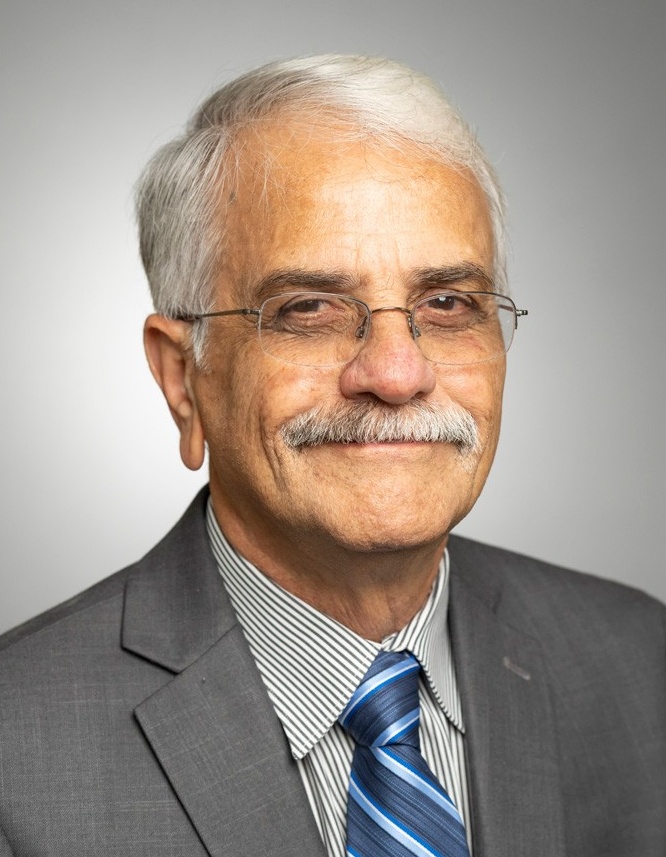
Ramesh
Health information exchanges increase patient referrals among participating doctors, but that increase may be at the expense of physicians who aren’t part of the exchange, according to a study co-authored by Ram Ramesh, professor of management science and systems.
Published in Management Science, the research analyzes the impact of health information exchanges on patient referral patterns. Referrals are a significant part of the U.S. health care system, with more than a third of all patients referred to specialists each year.
“Referrals have a significant impact on the cost and quality of health care services,” says Ramesh. “In the context of referrals, health information exchanges tend to divide the physician community into ‘technology-haves and have-nots,’ where those who participate benefit from increased referrals among themselves at the expense of those who haven’t joined an exchange.”
Health information exchanges enable physicians to digitally access and share patients’ medical data. These platforms have been integral to the U.S. health care system since the Health Information Technology for Economic and Clinical Health Act was passed in 2009.
Based on their findings, the researchers say that joining an exchange results in a 44% to 46% increase in the rate of referrals to and from other members.
“To ensure referral service quality, and consequently, be able to sustain and increase their business volume, providers should become more aware of the benefits of joining an exchange—and the possible loss of patients they face if they don’t join,” says Ramesh.
Read more at bit.ly/ubmgthie.